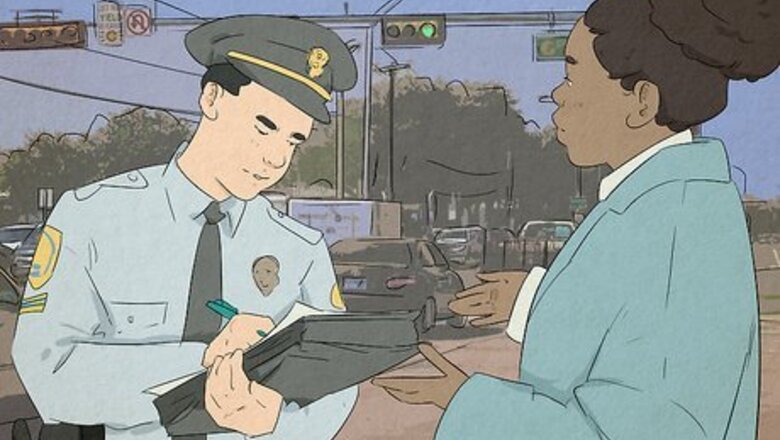
views
Analyzing Your Case
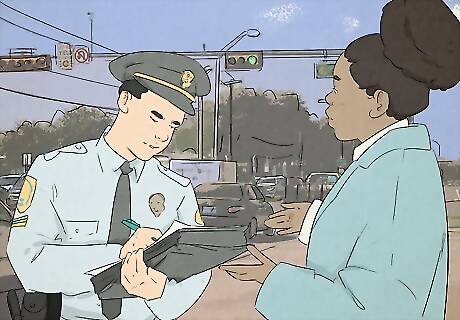
Remember what you told the police officer. Before you can craft a defense, you need to remember what you told the officer when you were pulled over. If you in any way admitted that you were speeding, then it will be very difficult for you to dispute the speeding ticket. You can admit that you were speeding in various ways. For example, the officer may have asked if you were speeding. If you said “Yes,” then you will have a hard time getting out from under that admission. The officer also may have asked you how fast you were going. If you gave a number that was over the speed limit, then you have effectively admitted that you were speeding. If you don’t remember what you said, then wait until you get a copy of the officer’s notes. The officer may have made a notation that you admitted that you were speeding.
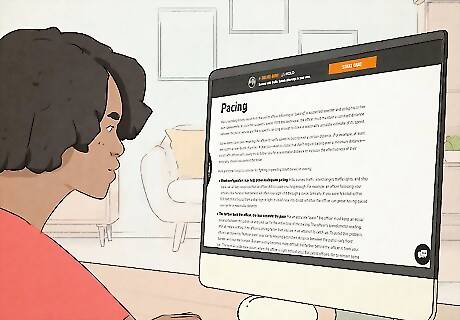
Learn the weaknesses in different technology. You need to know how the officer measured your speed. The most common methods of gauging speed are “pacing,” radar, laser, and VASCAR (Visual Average Speed Computer and Recorder). Each are vulnerable to different criticisms: Pacing. Here, the officer follows behind you for a length of time and then looks down at his own odometer to measure your speed. You can attempt to discredit this speed reading by pointing out the officer was too far back to adequately follow you at a consistent speed. You could also argue that hills, curves, and traffic lights prevented the officer from following you for a sufficient length of time to get an accurate reading. Radar. Radar technology employs radio waves. These waves reflect off a car and then are picked up by a receiver. You can challenge a radar reading in a few ways. For example, radio waves can hit more than one car, so you can argue that it hit a car that was closely following you. Also, you could argue that the radar’s calibration was off. Furthermore, you could argue that rain, wind, and storm clouds sent back erroneous speed readings. Laser. Laser technology sends 40 beams of light over the course of a second toward the vehicle. The rate at which the light reflects back is then translated into a reading of the car’s speed. One weakness with laser technology is that all of the beams need to hit the same spot on the car. Also, like radar, light beams could reflect off other cars. Accordingly, you could argue that the officer didn’t know how to properly use the laser, or that the officer actually picked up a different car’s speed. VASCAR technology. With this technology, the officer measures the distance between two points (say, for example, a telephone pole and a mailbox). Then, the officer uses a stopwatch to measure the amount of time it takes cars to pass between the points. The time will then be mathematically calculated to produce a miles-per-hour reading. You can challenge a VASCAR measurement by pointing to possible human error—specifically, the officer didn’t start and stop the stopwatch accurately. Also, you could argue the officer did not accurately perceive when you crossed one of the markers.
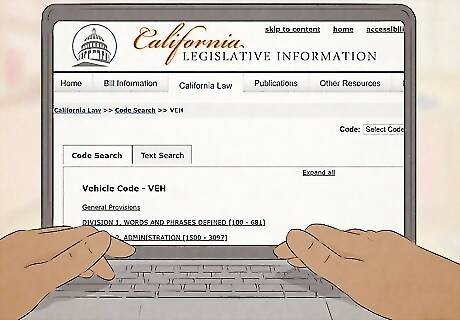
Read the traffic laws. You should definitely read California’s traffic laws before going into court. The laws are available here, at the state’s Department of Motor Vehicles website.

Identify witnesses. If you had someone in the car with you when you were pulled over, then that person could testify as to what speed you were going. You should contact these people and ask them if they are willing to testify as to how fast you were driving. You may also want to get a written affidavit from them. An affidavit is a statement signed under oath in front of a notary public. If you need to compel a witness to attend trial, then you should ask the court clerk to issue subpoenas. These should be issued free of charge.
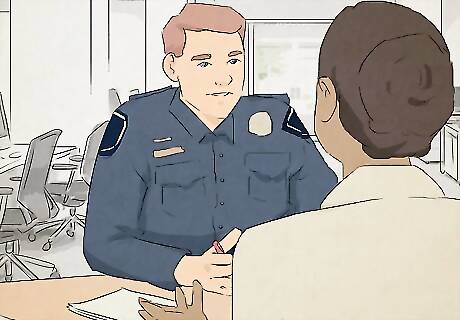
Request the officer’s notes. You have the right to request the police officer’s notes. You can do this by filing a “Request for Discovery.” In your request you should cast a wide net and seek as much information as possible. For example, you can ask for the officer’s notes in addition to instruction manuals for how to operate any laser or radar technology. You may also want to know when the officer last had training operating the technology. The discovery request should be mailed to the police agency that ticketed you as well as the local prosecuting attorney. A sample discovery request is available at Nolo’s website here. Revise it to suit your particular situation. If you do not hear back in three weeks, then you should call the court clerk’s office and ask about scheduling a hearing where you can present a “Motion to Compel Discovery.” At the hearing, you should show the judge a copy of the written request sent to the police department.

Take pictures. Pictures might help your case. For example, if you were pulled over for speeding on a stretch of highway that had many twist and turns, then you could argue that it would be impossible for a car to go as fast as the officer claimed. You could also photograph the area where the officer was hiding and measuring speed. If the officer’s view was obstructed, then you could raise this issue as part of your defense. Take pictures of any possible obstruction. Try to take pictures at the same time of day (and in similar weather conditions) as when you were stopped.
Disputing the Ticket at a Court Trial
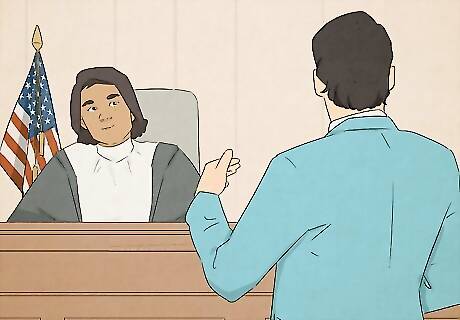
Understand the benefits of a court trial. At a court trial, you will be able to present evidence and question the police officer. If you think that you can rattle a police officer, then a court trial might work best for you. Be mindful, however, that police officers are served with subpoenas to come into court and defend the ticket. Accordingly, you might want to seek a Trial by Declaration, since the odds are greater that the officer will not respond in writing and your case will be dismissed.
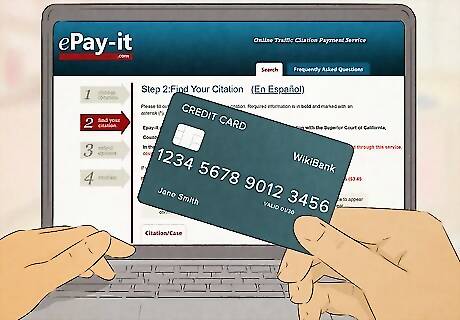
Pay your fine. You must pay the fine before reserving a court date for trial. California law requires that you pay ahead of time; if you win, then the money will be refunded. Contact the Superior Court for the county where the ticket was issued to find out acceptable payment methods. In some counties you can pay online. Online payment is limited to tickets received in El Dorado, Mono, Riverside, Sacramento, San Bernardino, San Mateo, and Santa Cruz counties. The e-pay system is accessible here. In other counties, you can send a check or money order (payable to the Superior Court) to the court clerk. In the letter, ask for a trial date. You can also have an in-person arraignment. To schedule one, visit the court clerk. If you choose this option, then you won’t have to pay the fine ahead of time.
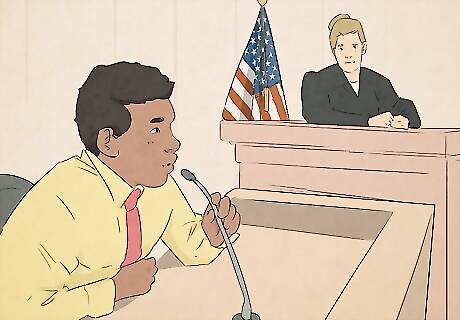
Attend your trial. Arrive at the court early with your witnesses or any evidence. If you are late, then the trial will proceed without you. Make sure that you have written down what evidence you want to submit to the court and the order in which you want to introduce it. You should probably start by setting the scene: where you were pulled over, what the conditions were like, and how fast you were driving. Then move onto focusing on the weaknesses in the state’s evidence that you were speeding. To make the best impression, you should dress professionally. Try to wear your “Sunday best” and avoid shorts, sandals, or loud jewelry. Always address the Judge as “Your Honor” and stand when speaking. If you are asked a question, then answer directly.
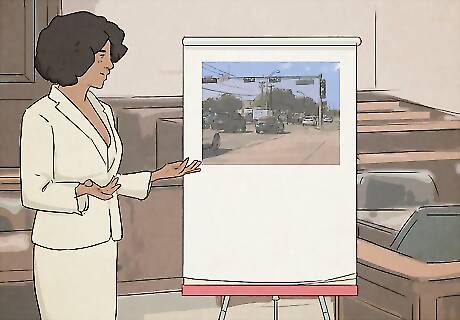
Present evidence. You will need to present evidence in order to raise reasonable doubt that you were actually speeding. A judge will be most impressed with evidence other than your own memories of the event. If you have photographs or witnesses, then use them. One strong piece of evidence is to read the operator’s manual for whatever form of technology was used to catch you. Operator’s manuals often point out the weaknesses or limitations with their technology. For example, the manual for a radar gun might state that it is best not to use the gun on multi-lane highways. If you were pulled over on a multi-lane highway, then you can use this evidence to cast doubt on the accuracy of the speed reading. Read the operator’s manual for the technology that was used and try to find a limitation that you can use.

Choose whether to testify. You have a Constitutional right not to testify, which applies to disputes over speeding tickets. You should think carefully about whether or not you want to testify. Some considerations include: How comfortable you are speaking under pressure. How strong your evidence is. If you can create reasonable doubt in the judge’s mind, then you might not want to testify and potentially give something away. Whether you are the only source of evidence. If you do not have a witness, then you might need to testify. For example, only you can establish that any photographs you took were taken at a certain location. Also, if you are arguing that you had to speed out of necessity, then only you can supply the reason that created the necessity.
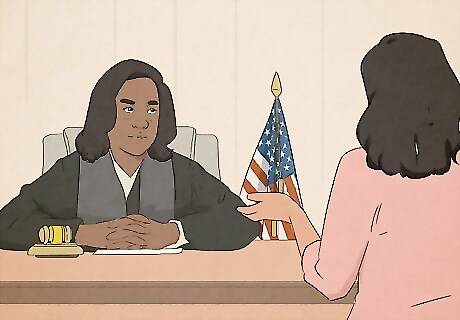
Make a closing argument. You should draw together all of your evidence in order to convince the judge that there is a reasonable doubt that you were actually speeding. Make sure to point out all of the evidence that supports you. Also try to poke holes in the state’s evidence. For example, you can cast doubt on the officer’s recollection by pointing out inconsistencies in his testimony. You also can argue that he was not in a position to accurately observe you.
Disputing a Ticket through a Trial by Declaration
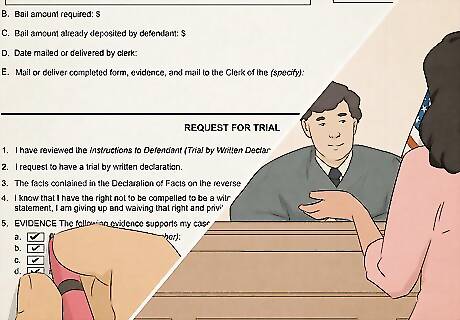
Understand the benefits of a trial by declaration. If you lose your case in a trial by declaration, you can request a new trial, this time in person. In effect, you are getting two chances to beat the ticket: the first change in a trial by declaration and the second in court. Additionally, officers are not paid any money to defend a ticket by Declaration (though they are paid to show up to court). For this reason, the officer may not respond. If there is no response, then your case will be dismissed.
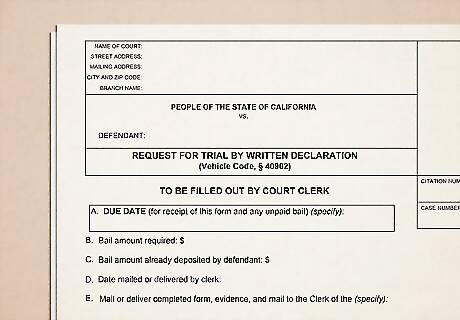
Get the request form. You will need to fill out a “Request for Trial By Written Declaration” form, which is available from the California Courts website here. You can print out the form and type or print the required information, or you can fill in the form online and then save it. You should also download the “Instructions to Defendant (Trial by Written Declaration),” which is available from the California Courts website here.
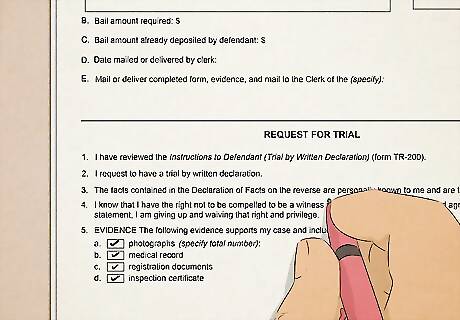
Fill out the form. The form will ask for basic information, including the citation number and case number (if available). You will also be asked to state what kind of evidence you have to support your case: photographs medical records registration documents inspection certificates diagram car repair receipt insurance documents other

Draft a statement of facts. The form will also require that you draft a statement of facts. If you need more space than that allotted on the form, then you should write on additional sheets and attach them. A compelling statement of facts will rely heavily on evidence apart from your own recollection. For example, you should rely on photographs, witness affidavits, limitations on the technology used to measure speed, and a mechanic’s report on limitations with your car (such as an inability to go above a certain speed). Be sure to describe all of the evidence that you are including with the Request.
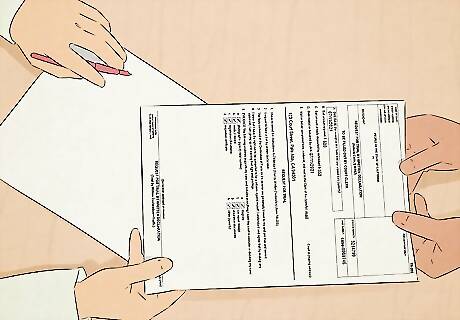
Submit the form. You will also have to pay the full amount of the fine. Contact the court to ask about acceptable methods of payment. Also keep a copy of the form for your records.

Seek a new trial, if necessary. After the judge has made a decision, you will receive a “Decision and Notice of Decision.” If you lose the trial by declaration, then you can seek a new trial by filing Form TR-220, “Request for New Trial (De Novo).” This form can be downloaded from the California Courts website. You must file it within 20 days of the postmarked date on the “Decision and Notice of Decision.” You should not delay in completing the form and sending it in.


















Comments
0 comment